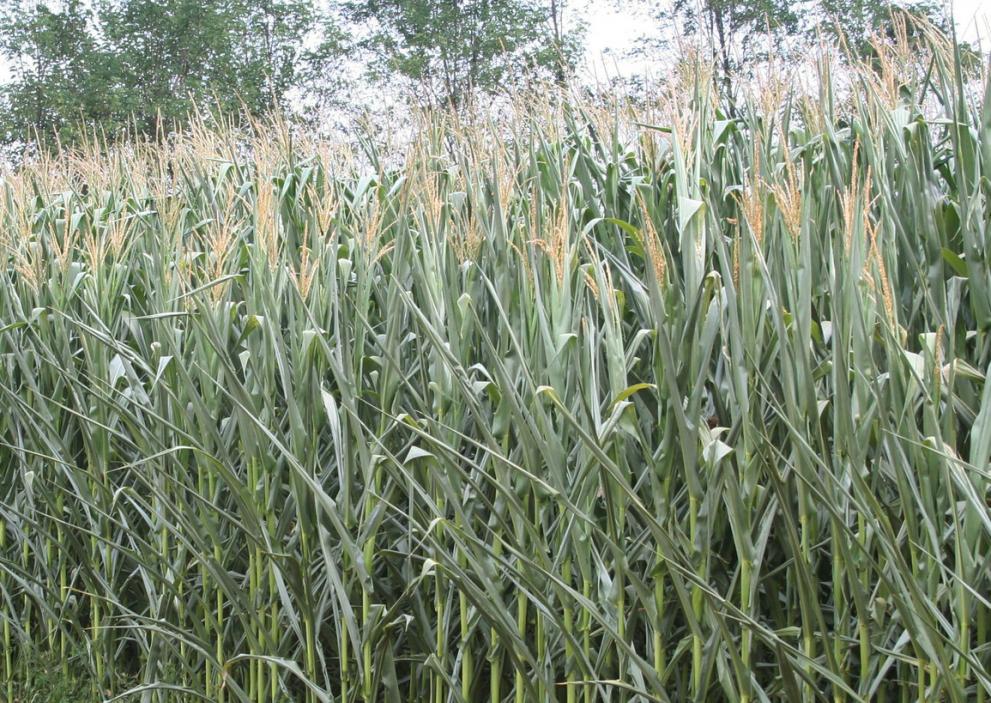
The July issue of the JRC MARS crop monitoring Bulletin for Europe was published yesterday, alongside one of the JRC MARS Bulletin global outlook series: on Kazakhstan.
According to the crop monitoring Bulletin for Europe, heat waves and low precipitation hampered winter and summer crop development in various parts of Europe. Heat waves particularly impacted summer crops in southern Europe.

Compared to last month, the EU grain maize yield forecast was lowered by 3.7% and is now below the five-year average. Yield expectations were revised significantly downwards, particularly for Romania, Hungary, Austria and Croatia. The forecast for France – the EU’s largest grain maize producer – remained stable, and for Poland it was revised upwards. The yield forecast for sunflowers was revised downwards by 6.4%, but is still above the five-year average. The yield outlook for winter cereals, which have reached or are close to maturity, has remained relatively stable compared to last month.
According to the MARS Bulletin global outlook - Kazakhstan, thermal conditions and water supply have been adequate in most of the country, but more rain is needed to sustain the current (above-average) yield outlook for spring cereals. Winter wheat is close to maturity, with an above-average yield outlook.
Further information
Details
- Publication date
- 25 July 2017
